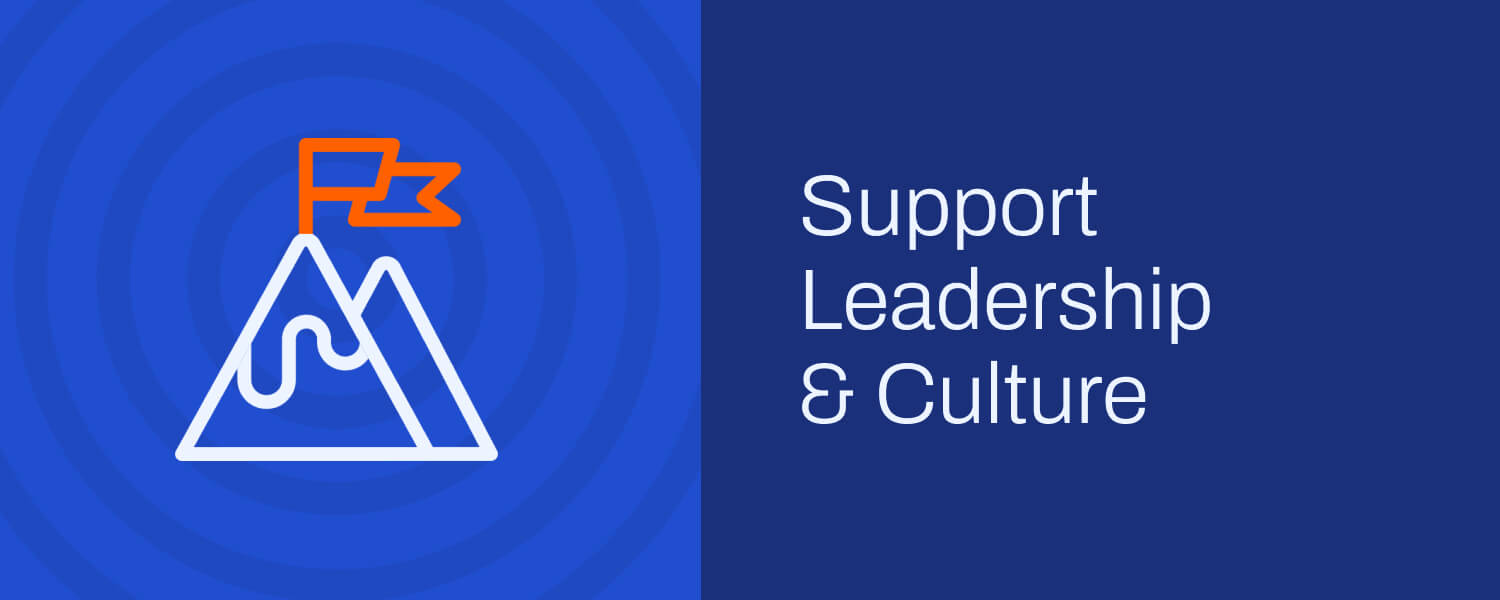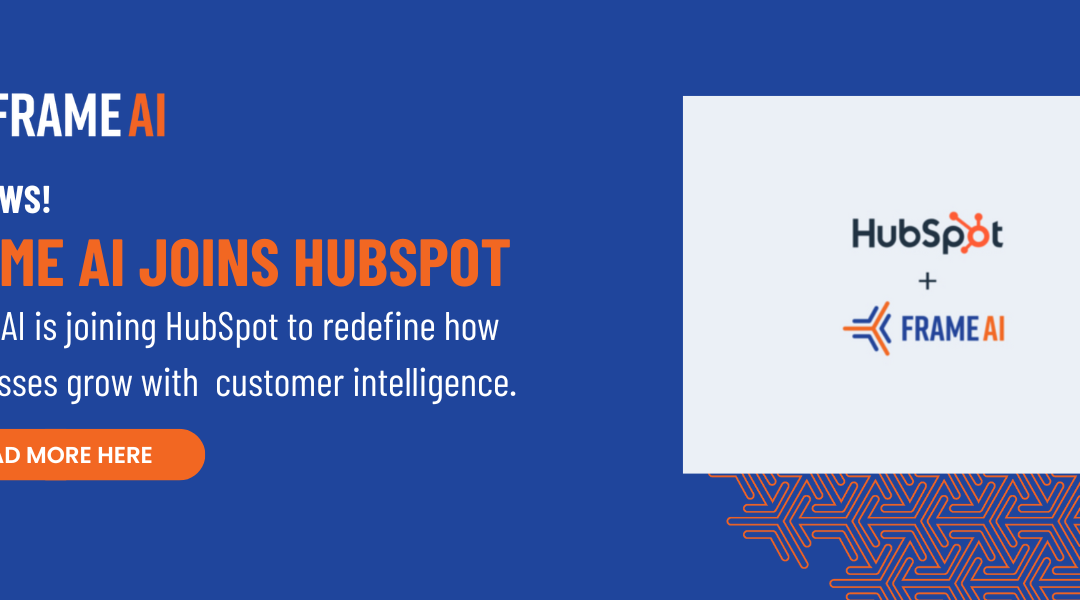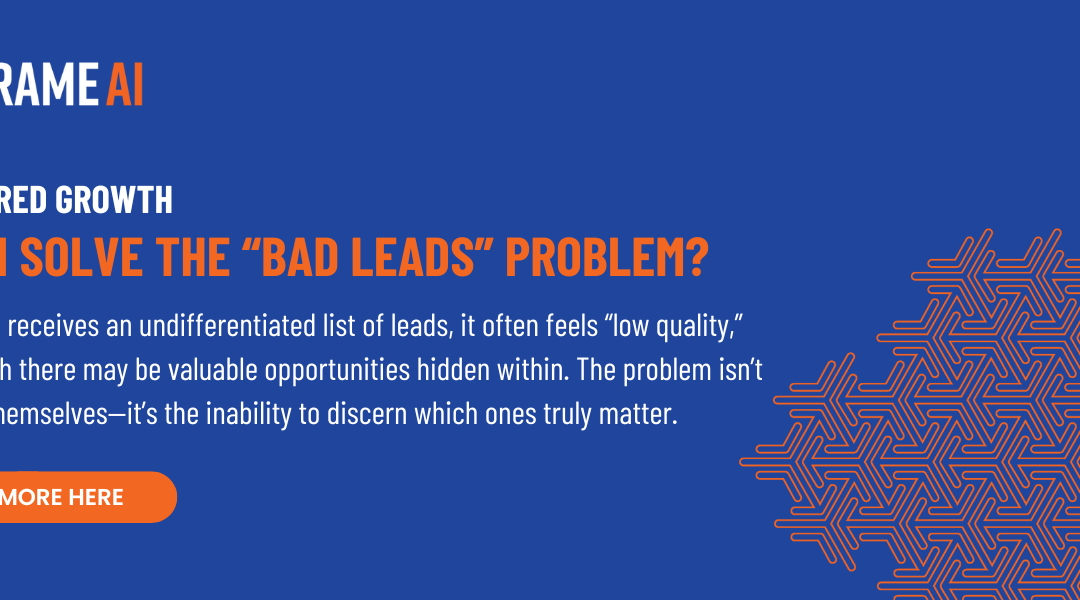The Problem
“No new headcount. Growth and retention targets unchanged.” The message many Support leaders are getting from C-suites right now is clear. Management is responding cautiously – correctly – to uncertainty. Their job is to make adjustments now that prevent bigger ones later.
But for Support, the impact is immediate. Focus goes to maximizing efficiency: How do I handle a 30% higher caseload by EOY with the same people? How do I pounce on issues that put our most important customers at risk, with even less time available for oversight?
One way or another, that ticket queue needs to shrink, fast. And with hiring limited, you have three levers to make it happen…
Three Ways Automation Can Reduce Support Costs

Assistance solutions reduce handle time by speeding up repetitive steps and helping your team focus on the highest-value tasks.
AI Prioritization can surface which backlogged tickets need urgent attention, making sure that high-risk tickets get handled even when reducing night and weekend coverage.
Escalation Prediction can detect and route tickets that need specialized attention earlier, reducing their overall handle cost and saving frustration for both customers and agents.
Agent Assist workflows automatically surface documentation and playbooks that help agents efficiently handle problems they’ve never seen before.
Because Assistance solutions lever your team’s existing skills, they can be relatively fast to deploy and iterate on. They also help agents feel more impactful and productive. Keeping employees engaged has powerful knock-on effects, reducing turnover costs and helping you keep a well-trained staff.
Deflection prevents inquiries from reaching your team by automatically providing guidance.
- Knowledge Base solutions serve relevant content in response to a customer inquiry.
- Bots guide users through simple interactive workflows to identify and solve issues.
At their best, deflection solutions squash common tickets, solving problems fast for customers at near-zero cost for your team. However, they must be tuned and maintained with current, relevant content. And they must be scoped carefully to problems that customers can truly solve efficiently, or they risk customers feeling the solution is deployed at their expense.
Prevention is the most scalable and impactful form of cost-reduction: advocating on behalf of customers to solve problems before they happen, saving them frustration and eliminating workload at the source. We divide this into two main categories:
Product Advocacy – Support can arm Product Managers with clear examples and cost assessments that help them prioritize issues driving support effort.
Self-Service Opportunities – Improving documentation, in-app guides, and other resources customers use to prevent their own problems before reaching out. When support has ownership or close collaboration with the the owners of this kind of content, it supports a tight feedback loop between inquiries and preventative messaging.
Advocating for changes to user experience can be challenging for Support leaders because it requires buy-in from other teams. But it’s also the only strategy that unambiguously reduces cost while improving both customer and employee experience. And it’s a healthy back-pressure that makes sure Support isn’t continuously asked to do the impossible.
The following table summarizes some of the strengths and weaknesses of each category of Support automation. When prioritizing, it’s important to consider the entire implementation path involved in releasing and maintaining a solution. Investing in analysis (including AI-assisted analysis!) will put you in a better place to “measure twice, cut once” with the limited time you have for improving support processes for your team.
Assistance
- Examples: AI Prioritization, Escalation Prediction, Agent Assist
- Works best on…highly varied or complex issues
- Implementation path: Identify costly tasks associated with ticket types. Prototype solution by providing assistive info to agents. Iterate based on agent feedback.
- Team Benefits: Reduced handle time, higher staff engagement
- Customer Benefits: Reduced time to resolution, improved outcomes, especially on complex and urgent issues
Deflection
- Examples: Knowledge Base, Bots
- Works best on…high volume, low-complexity issues
- Implementation path: Plan by enumerating high volume, repetitive cases. Deploy by coding solution paths into automation tool and implementing in UX. Maintain by continuously updating solution paths
- Team Benefits: Less repetitive work, high concentration of complex tickets
- Customer Benefits: Lower first response time, faster resolution on handled issues
Prevention
- Examples: Product Advocacy, Self Service
- Works best on…issues with high customer impact
- Implementation path: Identify drivers of high service cost & customer effort. Report to content and product stakeholders with metrics and supporting examples
- Team Benefits: Lower incoming case count (per customer), lower support costs (headcount, tooling, etc.)
- Customer Benefits: Reduced customer effort, higher retention / CLTV
Picking Tools and Opportunities
Each of the approaches we reviewed above has strengths and weaknesses. There’s no single tool appropriate for all Support situations. On the other hand, you also don’t have time to implement all of them. How do you prioritize the most impactful investments in 2022?
The answer should start with a review of your own support workload. At Frame AI, we recommend Support leaders go through the following Cost/Opportunity Assessment before committing to a roadmap:
1. List the ticket categories that describe your workload. This might align with some tagging you already do or require fresh thinking. There’s no single way to categorize your tickets, but try the RUF framework to bucket together tickets that have a similar cause and path to resolution.
2. For each category, answer some questions with your team:
How many tickets in this bucket arrive in a typical month?
What’s the approximate impact the underlying issue has on the customer?
How complex are these tickets for your team to solve? (could be handle time or simply low/medium/high)
How much of our time overall is spent working on tickets like this?
3. Consider your categories again, but this time, align each with the diagram to the right. In general, problems with high customer impact are a great candidate for prevention, since you can save both team effort and accounts. Simple case types are candidates for deflection, while complex ones benefit most from assistance.
4. Where does each category lie on the Impact / Complexity table? Have you tried any of the solutions in the corresponding box? Do you see any opportunities?
An exercise like this can be valuable without devoting weeks to tagging and research. Most teams can get a lot of value out of filling the table out together based on estimates (you can even download our worksheet for the process). And if you want more precision, reach out to us for a free AI-driven assessment based on your support data.




